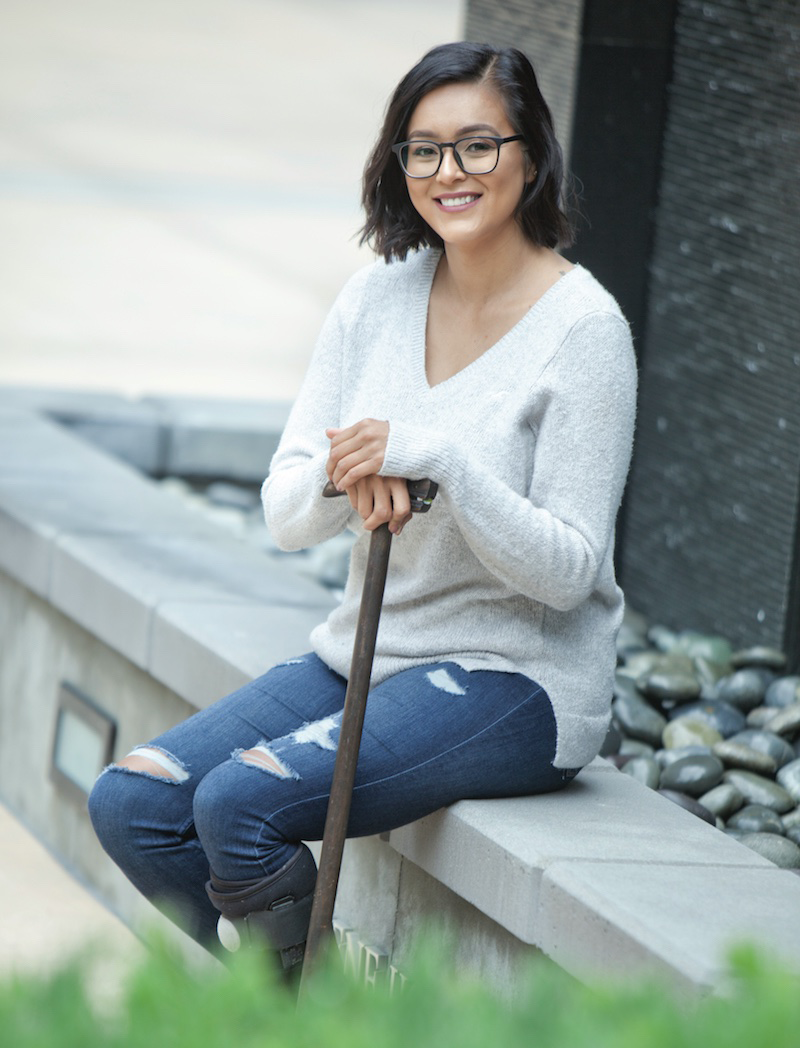
Rheumatoid Arthritis Can’t Hold Her Back
For a young woman living with the painful disease, occupational therapy helped her regain independence in her daily life.

It started with inexplicably red, swollen knuckles when Sandra Robles was 16.
She showed them to her pediatrician, who thought she had probably just bumped her hand.
But then unbearable pain began to set in — first in her hands, then her feet. Even everyday tasks like opening a door or getting dressed became difficult.
A rheumatologist eventually diagnosed Robles with juvenile rheumatoid arthritis, or RA, an autoimmune disorder in which the body mistakenly attacks its own healthy tissues. It can lead to deterioration and destruction of bone and cartilage.
“Even when you’re not moving, it just hurts,” says Robles, whose condition progressed to affect her left knee, elbows and shoulders. Doctors searched for the right medications to relieve the daily pain, but the process can take years. Meanwhile, Robles felt sidelined from some of life’s major milestones: She never learned to drive, and she was forced to drop out of college.
Seeing how much Robles was struggling, her physician connected her with Samantha Valasek MA ’15, OTD ’16, of the USC Chan Division of Occupational Science and Occupational Therapy in Los Angeles. Valasek is one of a few occupational therapists nationwide practicing alongside primary care physicians. During one of their first sessions, Robles made a list of all that she hoped to accomplish through occupational therapy.
“One of my biggest issues was my energy level,” Robles says. “The fatigue brings you down. You get depressed because you want to do things, but you just don’t have the energy.”
Valasek helped focus on reducing Robles’ most strenuous activities — for example, using a wheeled laundry basket instead of carrying one. She also coached Robles to create daily routines like eating healthfully, getting enough sleep and, most importantly, asking for help from her family when she needed it — a tall order for the fiercely independent Robles. The small changes, coupled with the right medication, added up to a big difference. They relieved Robles of the pain and fatigue she had experienced for years.
“I was able to talk to Sam about anything, and she helped a lot,” Robles says. “More than anything, she taught me to see beyond my RA diagnosis and have a whole new outlook on life.”



